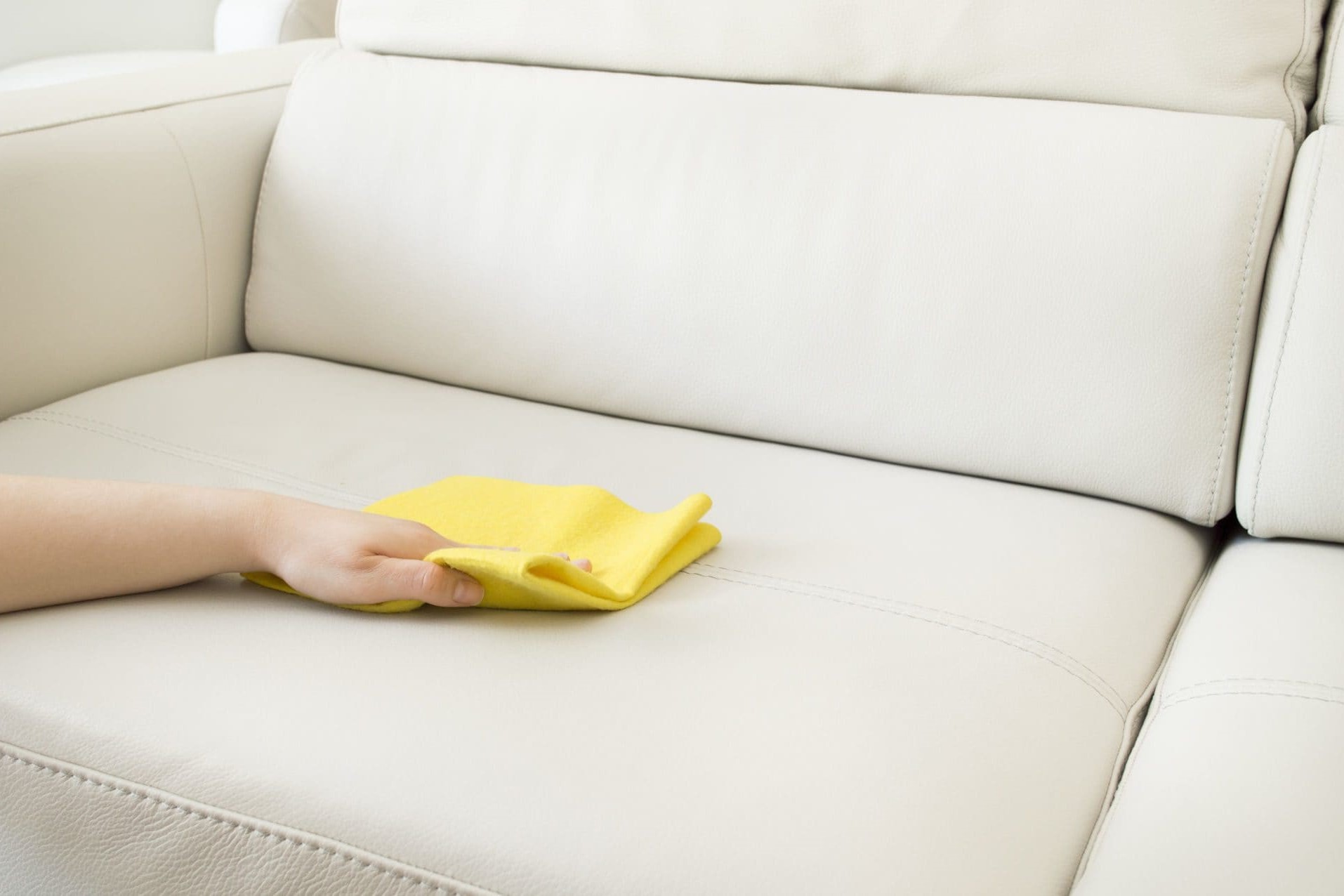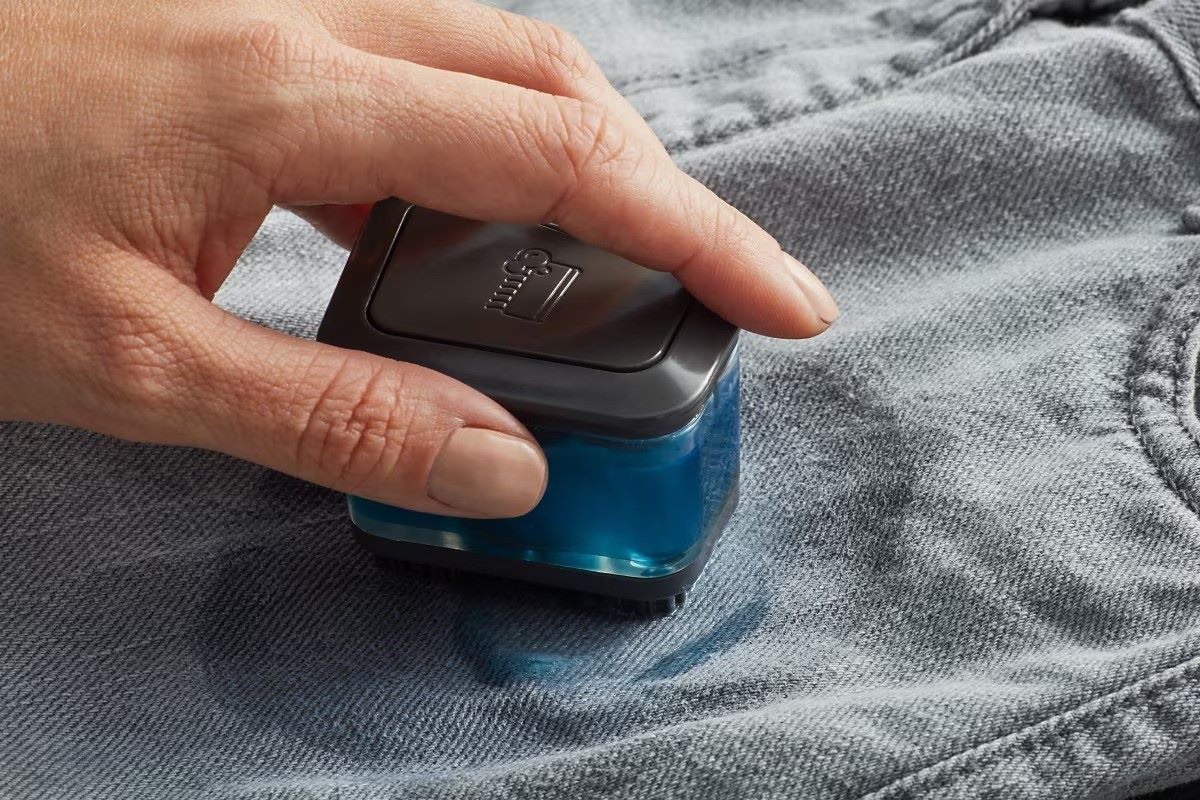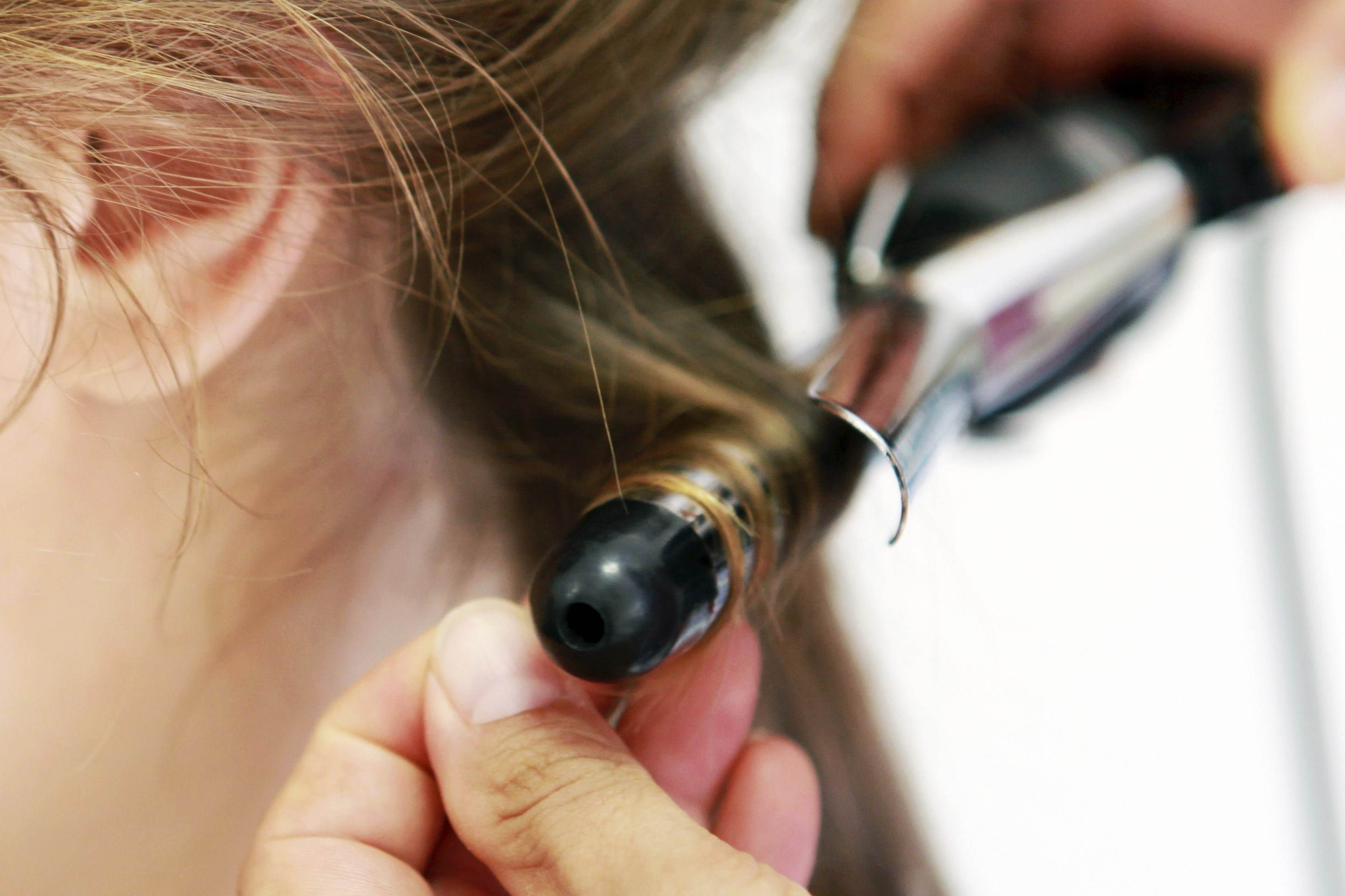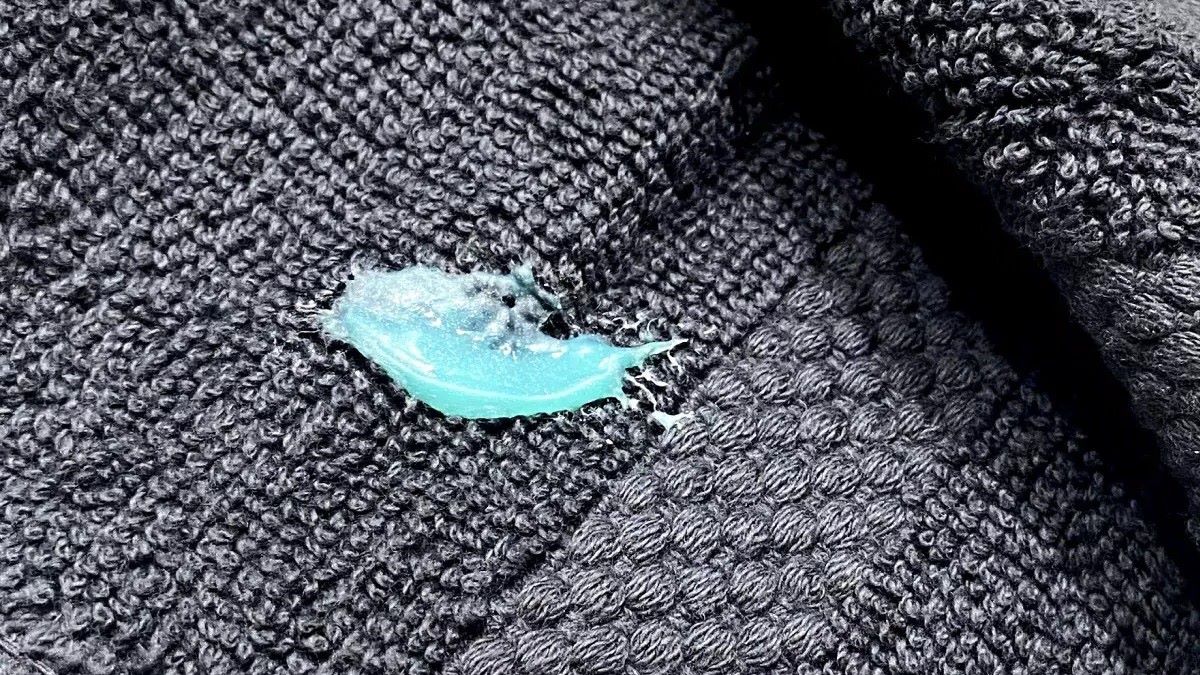Home>Home and Garden>How To Get Burnt Smell Out Of Microwave
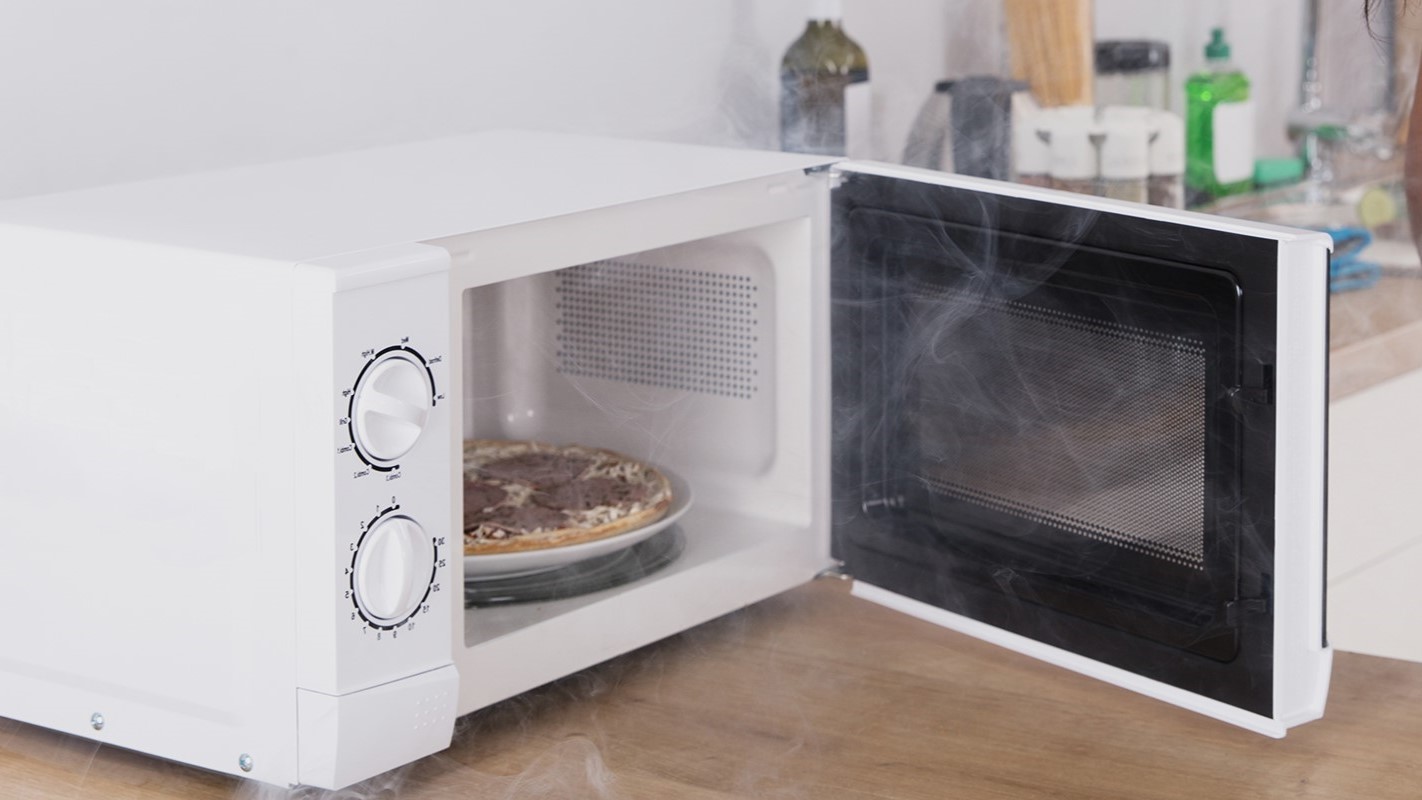

Home and Garden
How To Get Burnt Smell Out Of Microwave
Published: March 1, 2024
Learn effective home and garden tips to eliminate burnt smell from your microwave. Discover simple solutions to keep your kitchen smelling fresh and clean.
(Many of the links in this article redirect to a specific reviewed product. Your purchase of these products through affiliate links helps to generate commission for Noodls.com, at no extra cost. Learn more)
Table of Contents
Introduction
A burnt smell lingering in your microwave can be quite unpleasant, often permeating the entire kitchen and even adjacent areas. Whether it's the aftermath of a popcorn mishap or a forgotten meal, the pungent odor can be challenging to eradicate. However, with the right approach, you can effectively banish the burnt smell and restore your microwave to its pristine condition.
In this comprehensive guide, we will delve into the nuances of dealing with burnt smells in the microwave. From understanding the causes of these odors to implementing practical steps for their removal, we will equip you with the knowledge and techniques necessary to tackle this common household issue. Additionally, we will explore preventive measures to help you avoid encountering burnt smells in the future.
So, if you've ever been greeted by an unpleasant burnt odor upon opening your microwave, fear not. By the end of this article, you'll be armed with the expertise to eliminate the lingering scent and keep your microwave smelling fresh and clean. Let's embark on this journey to reclaim the freshness of your microwave and restore a pleasant ambiance to your kitchen.
Read more: How To Get Rid Of Burnt Smell In House
Understanding the burnt smell in the microwave
When a burnt smell emanates from your microwave, it's often the result of food remnants or spills that have been subjected to high temperatures, leading to charring and the release of pungent odors. This can occur when food is overcooked, overheated, or left unattended for an extended period. The burnt smell is a clear indication that food particles have been carbonized, leaving a lingering and unpleasant scent within the microwave.
The intensity of the burnt smell can vary depending on the type of food involved and the duration of exposure to high heat. For instance, popcorn, known for its strong aroma, can leave a particularly potent burnt smell if it is accidentally charred. Similarly, foods with high sugar or fat content, such as sauces or certain desserts, can produce a lingering burnt odor when overheated.
Moreover, the material of the cookware used in the microwave can also contribute to burnt smells. Certain types of plastic containers or wrappers may melt or burn when exposed to high temperatures, releasing noxious fumes and adding to the overall burnt odor.
It's important to note that the burnt smell is not only confined to the food particles and cookware; it can also permeate the interior of the microwave, including the walls, ceiling, and turntable. This can make the removal of the odor more challenging, as it may require thorough cleaning and deodorizing to completely eliminate the scent.
Understanding the source and nature of the burnt smell in your microwave is crucial in formulating an effective strategy for its removal. By recognizing the factors that contribute to the burnt odor, you can tailor your approach to address the specific cause, ensuring a successful and lasting solution.
In the following section, we will explore practical steps to remove the burnt smell from the microwave, equipping you with the knowledge and techniques necessary to restore a fresh and pleasant ambiance to your kitchen.
Steps to remove burnt smell from the microwave
1. Ventilation and Air Circulation
Before initiating the cleaning process, ensure proper ventilation in the kitchen. Open windows and switch on exhaust fans to allow fresh air to circulate, minimizing the intensity of the burnt odor.
2. Cleaning the Interior
Begin by preparing a solution of equal parts water and white vinegar in a microwave-safe bowl. Place the bowl in the microwave and heat it on high for 5 minutes. The steam generated from the solution will help loosen the stubborn food particles and neutralize the burnt odor. After heating, let the bowl sit for a few minutes to allow the steam to further permeate the interior.
Read more: How To Get Smoke Smell Out Of Clothes
3. Wiping and Deodorizing
Carefully remove the bowl, as it may be hot, and use a soft, damp cloth to wipe down the interior surfaces of the microwave. Pay close attention to areas with visible food residues or stains. Next, sprinkle baking soda on a damp cloth and gently scrub the interior to deodorize and absorb any remaining odors. The natural properties of baking soda make it an effective odor neutralizer.
4. Cleaning the Turntable and Accessories
Remove the turntable and any other removable accessories from the microwave. Wash them with mild dish soap and warm water, ensuring thorough removal of any food remnants. Dry the accessories completely before placing them back in the microwave.
5. Exterior Cleaning
Don't overlook the exterior of the microwave. Wipe down the exterior surfaces with a mild cleaning solution and a soft cloth to remove any lingering odors and maintain overall cleanliness.
6. Odor Elimination
To further eliminate the burnt smell, place a bowl of activated charcoal or coffee grounds inside the microwave and leave it for several hours or overnight. Both substances are renowned for their odor-absorbing properties and can help neutralize any remaining odors.
Read more: How To Get Diesel Smell Out Of Clothes
7. Final Check
After implementing the cleaning and deodorizing steps, perform a final sniff test to ensure that the burnt smell has been effectively eradicated. If any lingering odor persists, consider repeating the deodorizing steps or utilizing alternative odor-neutralizing methods.
By diligently following these steps, you can effectively remove the burnt smell from your microwave, restoring a fresh and pleasant ambiance to your kitchen. These proactive measures not only eliminate the immediate odor but also contribute to the overall cleanliness and maintenance of your microwave, ensuring optimal performance and a welcoming cooking environment.
Tips for preventing burnt smells in the future
-
Mindful Cooking Practices: Pay close attention to the cooking times and recommended power levels for different food items. Avoid setting excessively long cooking durations, especially for items prone to quick burning, such as popcorn or certain sauces. Additionally, consider using microwave-safe covers or splatter guards to prevent food splatters and minimize the risk of overheating.
-
Regular Cleaning Routine: Incorporate regular cleaning of the microwave into your kitchen maintenance schedule. Promptly wipe away any spills or splatters after each use to prevent the accumulation of food residues that can lead to burnt smells. A quick wipe with a damp cloth can go a long way in maintaining a fresh and odor-free microwave.
-
Covering Food Items: When heating or cooking food in the microwave, utilize microwave-safe covers or lids to contain splatters and minimize direct exposure to high heat. This simple practice can prevent food from becoming excessively dry or overheated, reducing the likelihood of burnt odors permeating the microwave.
-
Proper Ventilation: Ensure adequate ventilation in the kitchen during microwave use. If your microwave is not equipped with a built-in exhaust fan, consider using a standalone fan or opening windows to facilitate air circulation. Proper ventilation can help disperse any cooking odors and minimize the intensity of burnt smells.
-
Use Microwave-Safe Utensils: Opt for microwave-safe cookware and utensils to avoid potential hazards and minimize the risk of burnt odors caused by inappropriate materials. Always refer to the manufacturer's guidelines to ensure that the cookware is suitable for microwave use and can withstand the associated heat levels.
-
Avoid Overheating Oily or Sugary Foods: Exercise caution when heating foods with high fat or sugar content, as they are more prone to quick burning and can leave persistent burnt odors. Adjust the cooking times and power levels accordingly to prevent overheating and charring of such items.
-
Regular Turntable Maintenance: Periodically inspect and clean the microwave turntable and support ring to ensure smooth rotation and even heating. A well-maintained turntable can help distribute heat evenly, reducing the likelihood of localized overheating and burnt odors.
By implementing these preventive measures, you can significantly reduce the occurrence of burnt smells in your microwave, maintaining a fresh and pleasant cooking environment while prolonging the longevity of your appliance. These proactive steps not only contribute to odor prevention but also promote safe and efficient microwave usage, enhancing the overall kitchen experience.
Conclusion
In conclusion, dealing with a burnt smell in the microwave can be a daunting experience, but armed with the right knowledge and techniques, you can effectively eliminate the lingering odor and restore a fresh ambiance to your kitchen. By understanding the causes of burnt smells, such as overcooked food, overheating, and the use of inappropriate cookware, you can tailor your approach to address the specific source of the odor. The steps outlined for removing burnt smells from the microwave, including steam cleaning, deodorizing, and thorough interior and exterior cleaning, provide a comprehensive and effective strategy for odor eradication.
Furthermore, the preventive tips offered serve as proactive measures to minimize the occurrence of burnt smells in the future. By practicing mindful cooking, maintaining a regular cleaning routine, and utilizing proper ventilation and cookware, you can significantly reduce the risk of encountering unpleasant odors in your microwave. These preventive measures not only contribute to odor prevention but also promote safe and efficient microwave usage, enhancing the overall kitchen experience.
It's important to recognize that a fresh and odor-free microwave not only enhances the cooking environment but also contributes to the overall cleanliness and maintenance of your kitchen. By incorporating these strategies into your routine, you can ensure that your microwave remains a reliable and pleasant appliance for everyday use.
In essence, addressing burnt smells in the microwave requires a combination of proactive prevention and effective odor removal techniques. By following the insights and recommendations provided in this guide, you can reclaim the freshness of your microwave and enjoy a pleasant and inviting kitchen atmosphere. With a proactive approach and the right strategies, you can bid farewell to burnt odors and embrace a clean and welcoming cooking environment.
